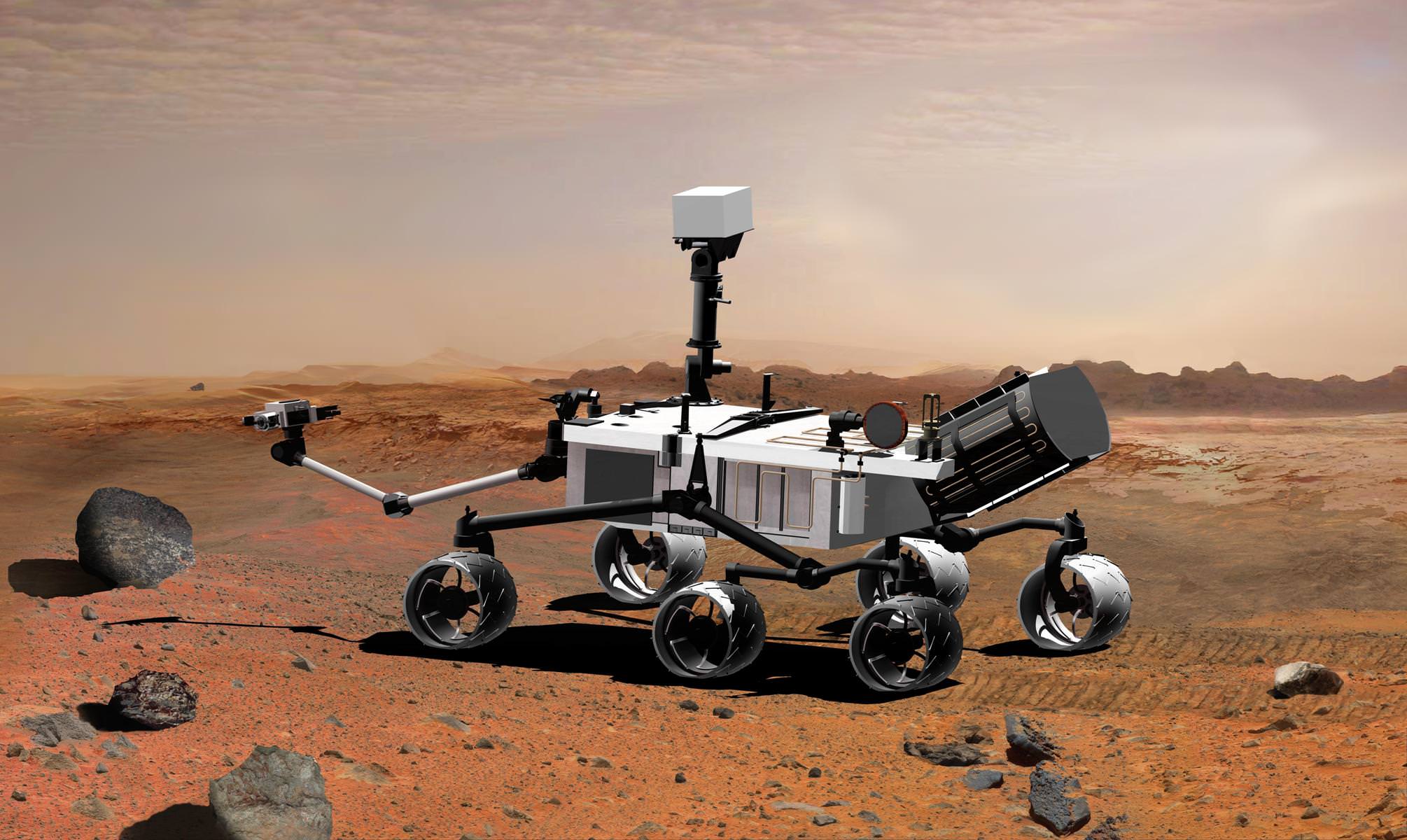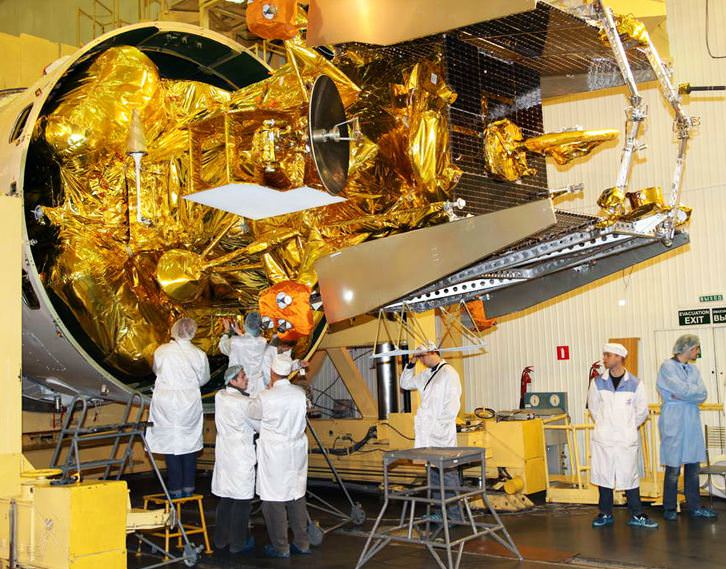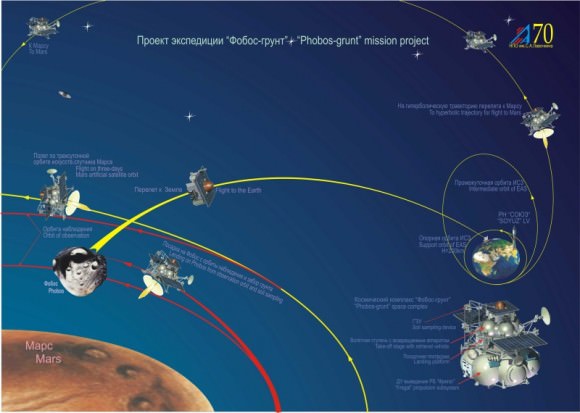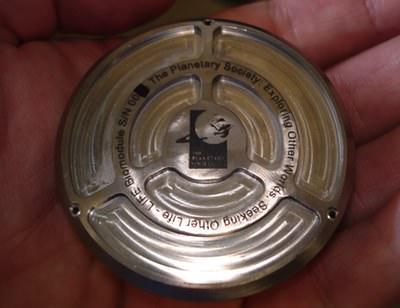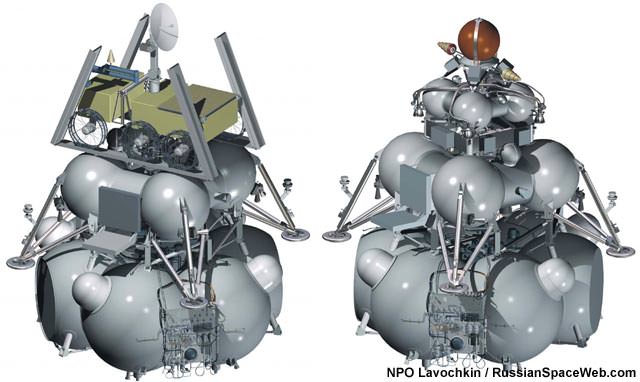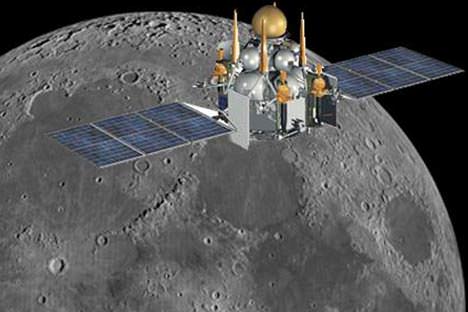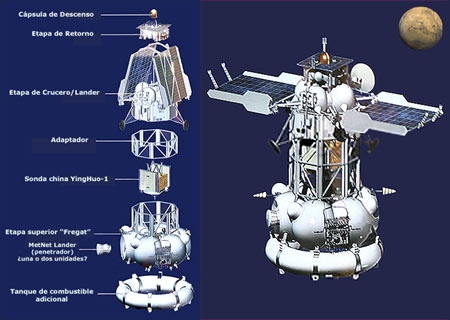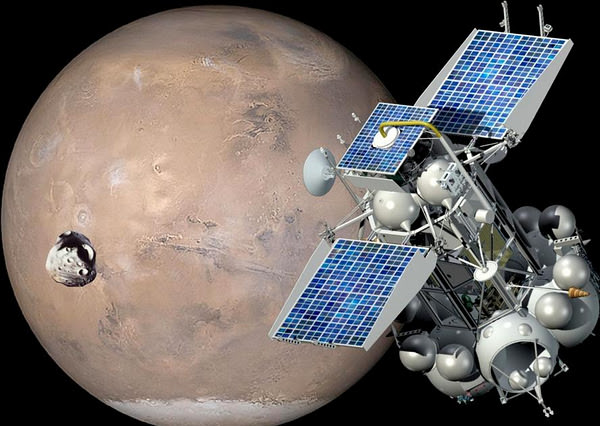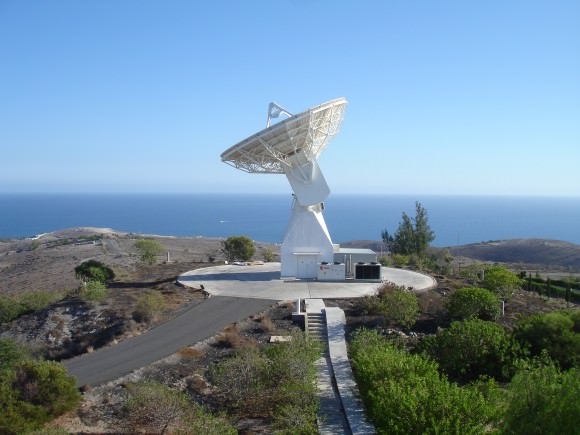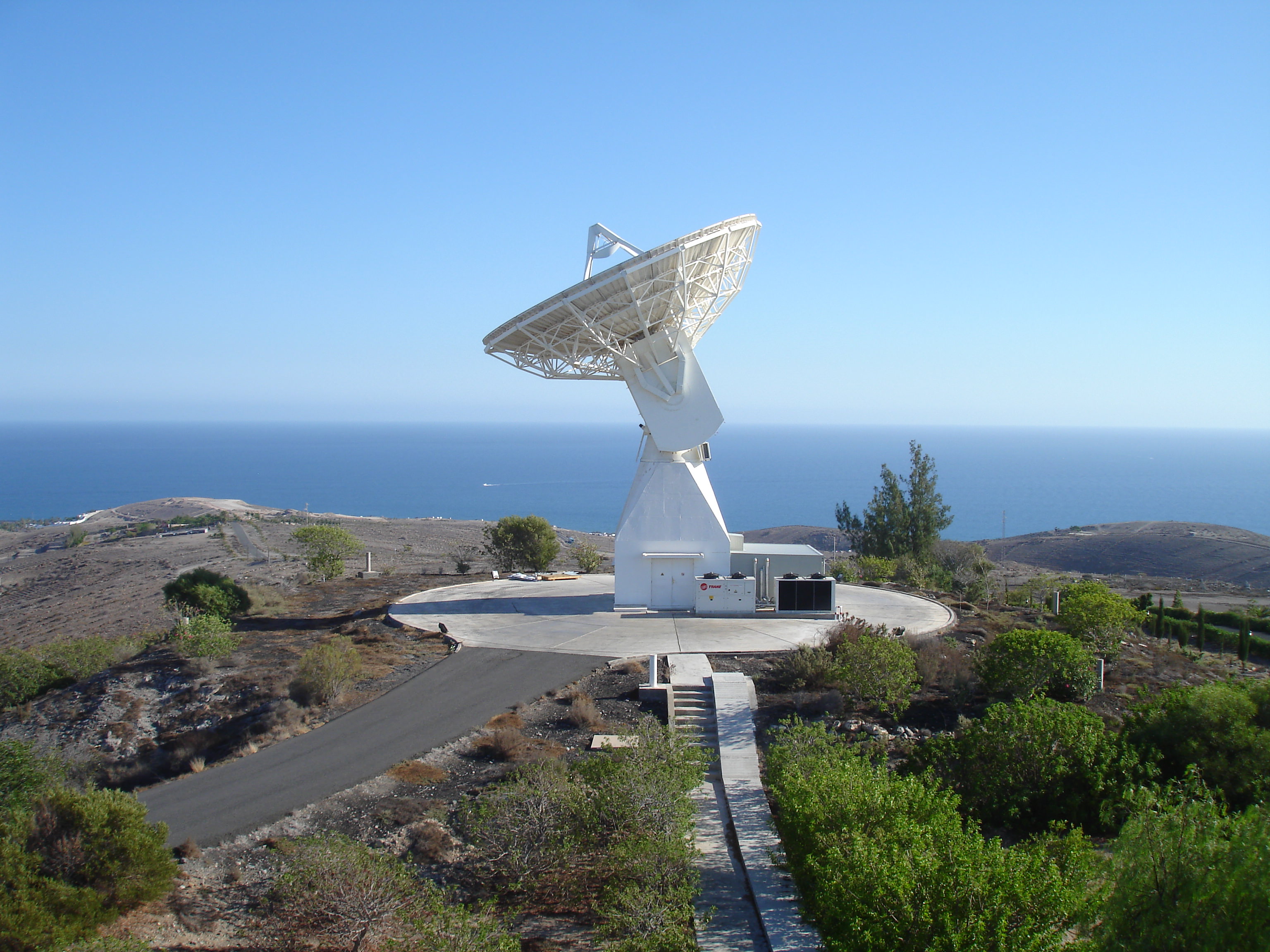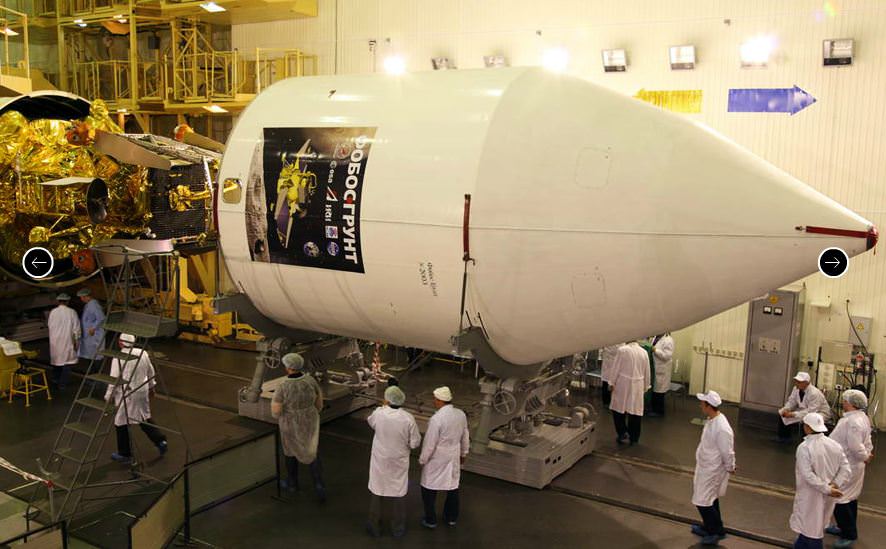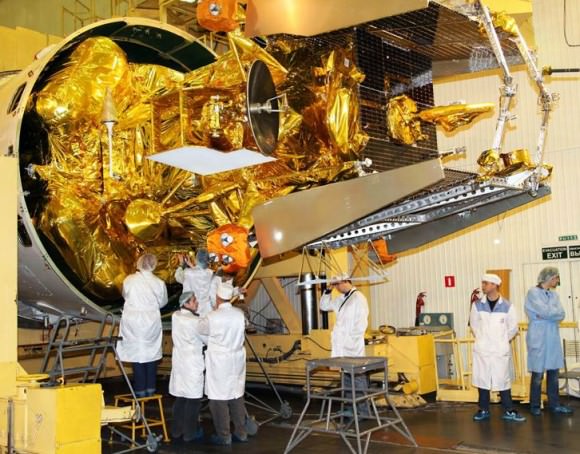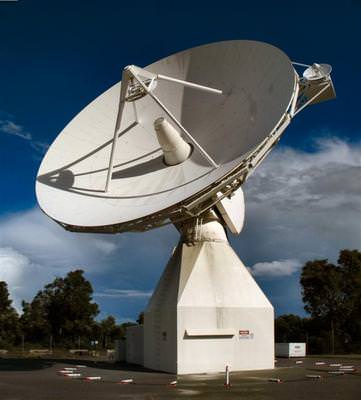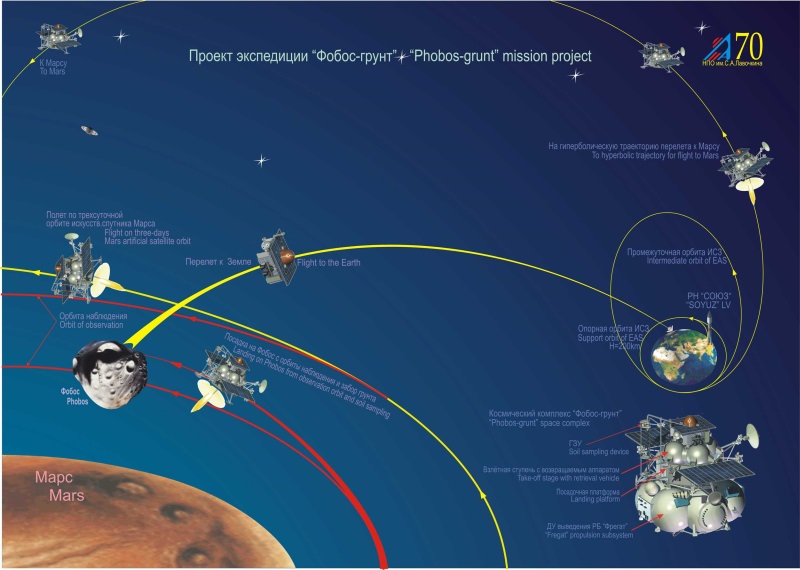[/caption]
After 36 years of debate, confusion, and failed attempts by other space agencies to answer a basic question, NASA’s Mars Science Laboratory (MSL) is on its way to repeat the search for organic matter that eluded the two Viking probes.
With 96 days left until landing, MSL will touch down at the Gale Crater this August. The rover, called Curiosity, will be the largest vehicle delivered to our neighboring planet thus far. Weighing in at 900 kg, Curiosity is nearly five times as large as the Spirit and Opportunity rovers that landed eight years ago, and more than 1.5 times as large as each Viking lander that arrived on planet in 1976.
Like the Vikings and Mars Exploration Rovers, Curiosity was conceived and launched, largely to gather information that may tell us whether the Red Planet harbors microbial life. Instrumentation launched for in situ analysis has been advancing steadily since the Viking era, yet each chapter in the story of the search for Martian life builds upon the previous ones.
Though usually mentioned only briefly in the days when Spirit and Opportunity were making headlines, the twin Viking landers were amazing craft, not only for their time, but even for today. The instrument suite of each Viking lander included a suite of three biology experiments, instruments designed for the direct detection of microbes, should the regolith at either of the two Viking landing sites contain any. While subsequent landing craft have carried instruments designed to assess Mars’ potential for life, none since the Project Viking has been built to look for Martian life forms directly.
According to Viking investigator Gilbert Levin, the Viking landers already discovered Martian life. Back in 1976-1977, Levin’s instrument, known as the Labeled Release (LR) experiment, yielded positive results at Chryse Planitia and Utopia Planitia, the two Viking landing sites. When treated with a solution containing small, organic chemicals labeled with radioactive carbon, regolith samples taken at the landing sites released a gas, indicated by an increase in radioactivity in the space above the sample.
While Levin believes the gas is carbon dioxide resulting from the oxidation of the organic chemicals, it’s also conceivable that the chemicals were reduced to another gas, methane. Either way, since heating the samples to a temperature high enough to kill most of the microbes that we know on Earth prevented the gas release, the Viking science team concluded initially that the LR had detected life.
Most of the science team, but not Levin, decided that the gas release in the LR must have resulted from a non-biological chemical reaction. This rethinking was due to variety of factors, but the most important of which was that the gas chromatograph-mass spectrometer (GC-MS) of each lander failed to detect organic matter in the samples. As the late Carl Sagan explained it on his television series, Cosmos, “If there is life on Mars, where are the dead bodies?”
While most astrobiologists and planetary scientists do not agree with Levin that the results of his 36 year-old experiment constitute conclusive evidence for Martian life, there is a growing number of Mars scientists who are equivocal on the issue. According to Levin, Sagan moved into the equivocal category in 1996, after astrobiologist David McKay and colleagues published a paper in the journal Science describing fossilized life in meteorite ALH84001, one of a handful of meteorites known to be from Mars.
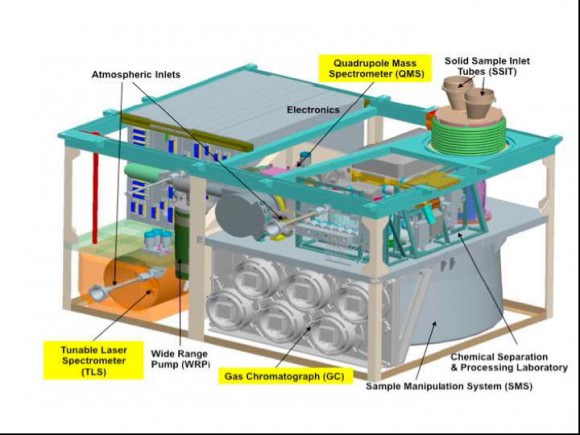
Traveling within Curiosity’s enormous instrument package is a suite of machines called SAM, which stands for “Sample Analysis at Mars”. After all of these years, SAM represents NASA’s first attempt to repeat Viking’s search for Martian organics, but with more advanced technology.
This is not to say that other attempts were not made during the intervening years. In 1996, the Russian Federal Space Agency launched a Mars-bound probe carrying not only organic chemistry equipment but an upgraded version of Levin’s experiment. Rather than treating regolith samples with a mixture of “right-handed” and “left-handed” forms of organic substrates (known in chemistry as racemic mixtures), the new LR would have treated some samples with a left-handed substrate (L-cysteine) and others with the substrate’s mirror image (D-cysteine).
Had results been the same for L- and D-cysteine, a non-biological mechanism would have seemed all the more likely. However, if the active agent in the Martian regolith favored one compound at the expense of the other, this would indicate life. Even more intriguing: if the active agent favored D-cysteine, it would have suggested an origin of life on Mars separate from the origin of life on Earth, since terrestrial life forms use mostly left-handed amino acids. Such a result would suggest that life originates fairly easily, implying a cosmos teaming with living forms.
But Russia’s Mars ’96 probe crashed in the Pacific Ocean shortly after liftoff. A few years later, the European Space Agency sent Beagle 2 to Mars, carrying an advanced organic detection package, but this probe too was lost.
While Curiosity’s SAM does not include an LR experiment of any sort, it does have organic matter detection capability that can operate in mass spectrometry (MS), or gas chromatography-mass spectrometry (GS-MS) mode. In addition to being able to detect certain classes of organic compounds that the Viking GCMS would have missed in surface material, SAM also is designed to look for methane in the Martian atmosphere. Though atmospheric methane already has been detected already from orbit, detailed measurements of its concentration and fluctuations will help astrobiologists to determine whether the source is methane-producing microorganisms.

